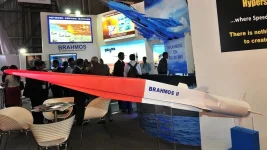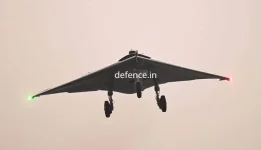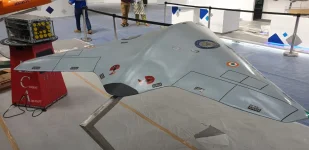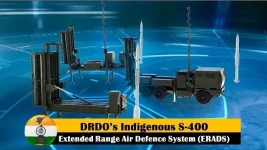- Views: 2K
- Replies: 9

The Defence Research and Development Organisation (DRDO) is reportedly embarking on the development of a new Beyond Visual Range Air-to-Air Missile (BVRAAM), tentatively designated Astra MkIV.
This new missile is envisioned to succeed the Astra MkIII, which currently represents the cutting edge of India's air-to-air missile technology. Conceptual studies for the Astra MkIV are already underway, with a focus on incorporating advanced technologies to significantly enhance the Indian Air Force's (IAF) combat capabilities.
One of the key technologies under consideration for the Astra MkIV is the Triple Pulse Solid Motor. This innovative propulsion system presents a potential cost-effective alternative to traditional Solid Fuel Ducted Ramjet (SDFR) technology, which is often complex and expensive. The DRDO aims to achieve comparable range and performance to the Astra MkIII with this new propulsion system, while ensuring affordability and scalability for production.
The Triple Pulse Solid Motor functions by dividing the rocket motor into three distinct segments or pulses. These pulses ignite sequentially, providing controlled bursts of propulsion throughout the missile's flight. This staged approach allows for optimized fuel consumption, leading to extended range and enhanced manoeuvrability. By eliminating the need for a continuous-thrust ramjet, the missile can achieve greater distances while simplifying manufacturing and maintenance processes.
This technology could offer significant tactical advantages in aerial combat. The ability to control propulsion in stages allows for greater flexibility in flight, potentially enabling rapid speed changes and more agile trajectory adjustments. The DRDO believes this approach could provide the IAF with a highly capable missile system without incurring excessive costs.
It's important to note that the Astra MkIV program is still in its early stages. While the Triple Pulse Solid Motor is a promising candidate, the final design and technical specifications are yet to be finalized. The DRDO continues to evaluate various technologies and approaches to ensure the Astra MkIV meets the evolving needs of the IAF in modern aerial warfare.




